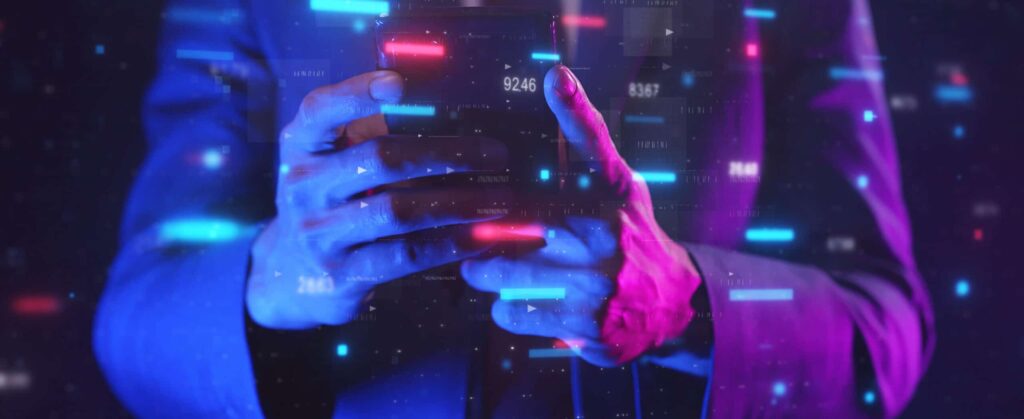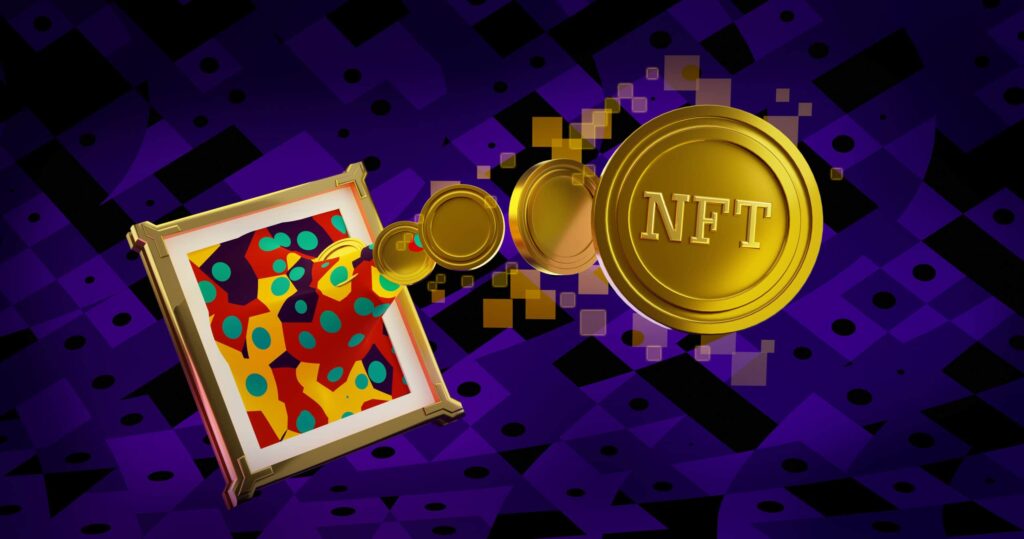
So, you heard about the explosion NFTs have caused in the digital world? You may also want to cash in on this phenomenon that has shaken the roots of digital art as well, but the problem is that most of us still don’t know how NFTs work. Fortunately, we have got your back. Every investment you make, whether digital or physical, should be backed by concrete information. Here are some things that you must know before dabbling in the world of NFTs.
The most important question one must answer while understanding how NFTs work is what they are. It stands for Non-Fungible Tokens – we know even that does not give much information. So, here are some more facts for you.
Fungible means something we can exchange for another thing; think of it in terms of money. You can give a hundred bucks note and get two fifties. On the other hand, non-fungible is something that you cannot exchange. For instance, if someone buys an original Van Gogh, they would not be worried about authenticity. However, there would be myriads of copies of it, but the original could only be one.
Similarly, NFTs can have multiple copies, but there can be only one original.
To understand how NFTs work, you must also understand basic terms such as ‘Digital Asset’ and ‘Blockchain.’

In simple terms, a digital asset is anything that can be stored digitally – it could be a picture, video, document, GIF, or even a tweet. A digital asset (which can be an item, file, or some collectibles) is uploaded to a blockchain.
In essence, NFTs are digital assets that are stored on a blockchain. You must have heard this term as well, and as always, we have got your back here as well.
Understanding how a blockchain works is crucial to understanding how NFTs work, so make sure that you pay attention. If you know what regular databases are, you would also understand that they are a way to store data individually on a local drive or even an online one. But a blockchain, on the other hand, is a specialized way to store data on a digital ledger that records and displays all the transactional activity to users.
Also, as the name suggests, blocks of data are linked together in the form of a chain and form the digital ledger, which is then called the blockchain.
Again, if you have taken an interest in this phenomenon, you might have also heard of Ether or Ethereum. It is not only a cryptocurrency of the same name but also the blockchain that supports the currency. Most NFTs are created on this blockchain, although some other blockchains have started their NFTs as well.
Now that you understand the basic terms and the technology behind NFTs, it is time to learn how NFTs work. When an NFT is created on a blockchain, a unique token is created for that NFT. And that token can only be used for one NFT, so you can also think of this token as proof of authenticity. As noted above, you can make multiple copies of the digital asset — similarly, multiple copies can also be made of the NFT. The most awkward thing about this process is that even if someone buys an NFT for millions of dollars, anyone can download and use that NFT.
However, to preserve the security, there can only be one original, and saving unique tokens on the blockchain maintains the authenticity. You can neither tamper nor alter these tokens.

If you buy an NFT, you are not only buying the digital art or asset but the associated token as well. Most NFT transactions occur on Ethereum using crypto, such as Ether (Eth). These Ethereum-based transactions follow ERC protocols. ERC protocols regulate the safety of your items.
If you want to sell your Non-Fungible Token, you can use an NFT marketplace for this purpose. A crypto marketplace works on cryptocurrencies, such as Eth. The NFT market, or marketplace, works like the traditional market. You can buy and sell your items, collectibles, or even a file as an NFT. Popular marketplaces include OpenSea, Rarible, and Solanart. Although most transactions work on Eth, some can also work on Bitcoin or any other cryptocurrency. And the best news for collectors is that they can enable an option to make a percentage in profits when their sold NFTs are resold.
To buy or sell an NFT, you have to connect your digital wallet with the marketplace. Then, use real money to buy cryptocurrencies. Once you get the crypto, you can buy the assets to get their ownership.
An important aspect of understanding how NFTs work is understanding why they are worth so much. As described above, an original NFT is unique to the blockchain; it can be used but not modified or altered by any other person. This is why many celebrities have endorsed this digital art form.
Just like physical art, the rarity decides NFT’s worth. For instance, Jack Dorsey, founder of Twitter, recently sold the first-ever tweet for $2.9 million. Similarly, Beeple -a mammoth name in the world of NFTs – sold his NFT titled ‘Everydays -The First 5000 Day’ for $69.3 million.

After learning how NFTs work, you might be wondering to get start? Luckily for you, we have already started to make the learning process easier for you. We are proud to be called 4rtian Pride, you can check out our NFTs collections as well. But the purpose of doing this guide series is to educate you so you can learn without getting confused and consequently, make educated decisions. In our coming guides, you will learn see to create a digital wallet and fill it up with crypto. Then, we will teach you how to safely get the ownership of a digital art NFT or any other kind of NFT. As mentioned, we will not only cover the topic of the crypto market but its impacts on the real world as well. The crypto platform has already transformed the video and game industry.
The question most people have is whether this crypto platform can help them if they are an artist? Well, if you have been following this blog, you would know that artists and their digital art are currently dominating this market. In the coming time, this cryptocurrencies-based market is going to grow for artists and other people as well. If you have any unique art lying around, you should check out our guide on how to use blockchain to convert into an NFT. As we mentioned, artists can enable royalty on their unique Non-Fungible Tokens. So whenever the owner sells that art again, the artist will get a fraction.
Now that you how NFTs work and what they are, the only question that remains is are they here to stay? Honestly, we cannot predict what the digital world or even the physical one will look like in a few years, but if there is anything permanent, it is the fact that art will always be appreciated. It might not be real, physically speaking, but you can rest assured the technology behind it, including Eth, Bitcoin, your assets, and marketplaces, such as Rarible, are all real. The definition of physical will morph in the coming time. Blockchain technology is still in its infant years, and it is yet to show its true applications. So, stay tuned in, and learn more about the realm of NFTs.
If the “How NFTs work” article has helped you, Like and Share it with your friends!